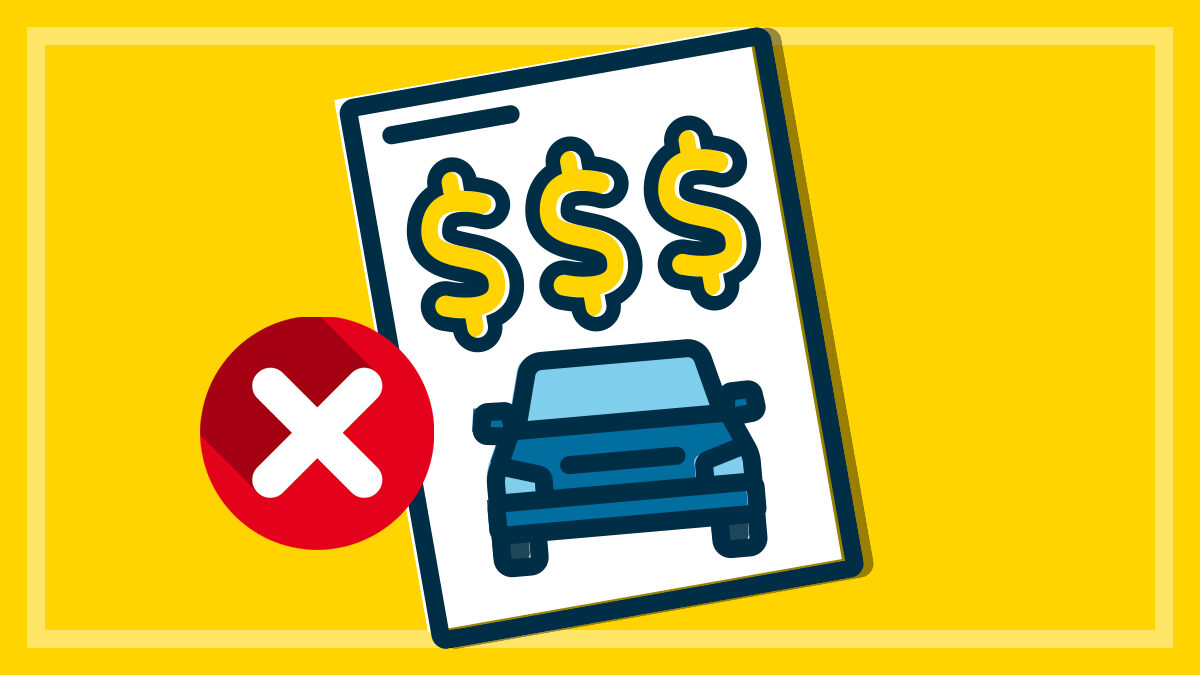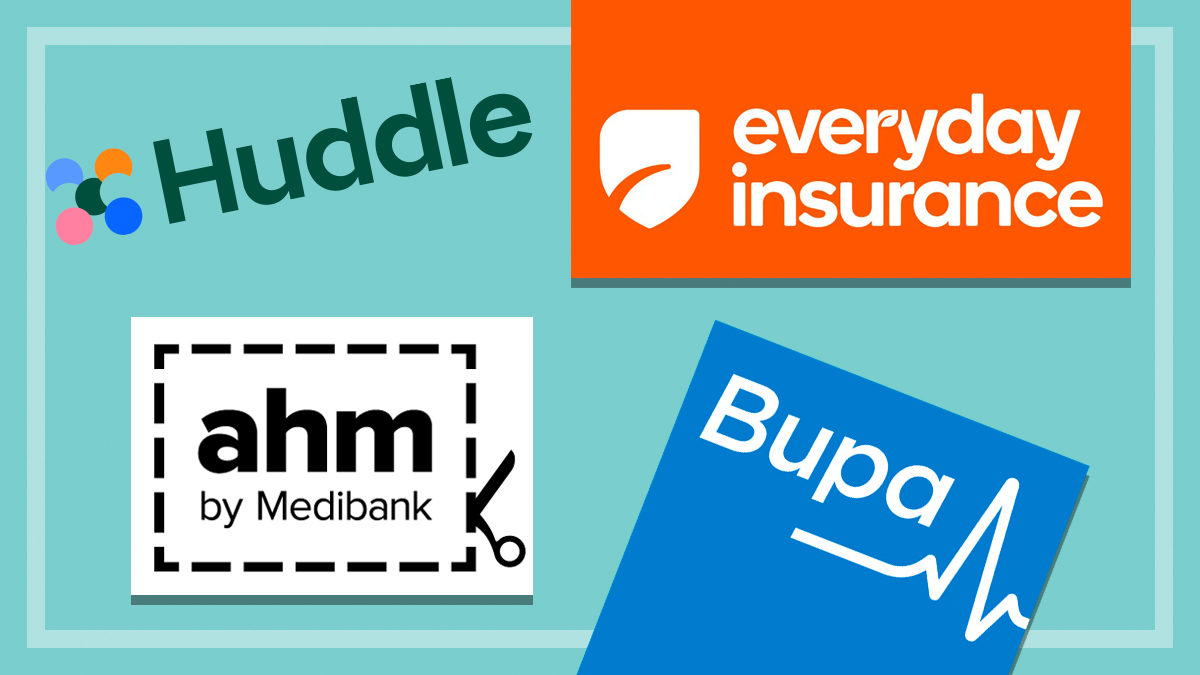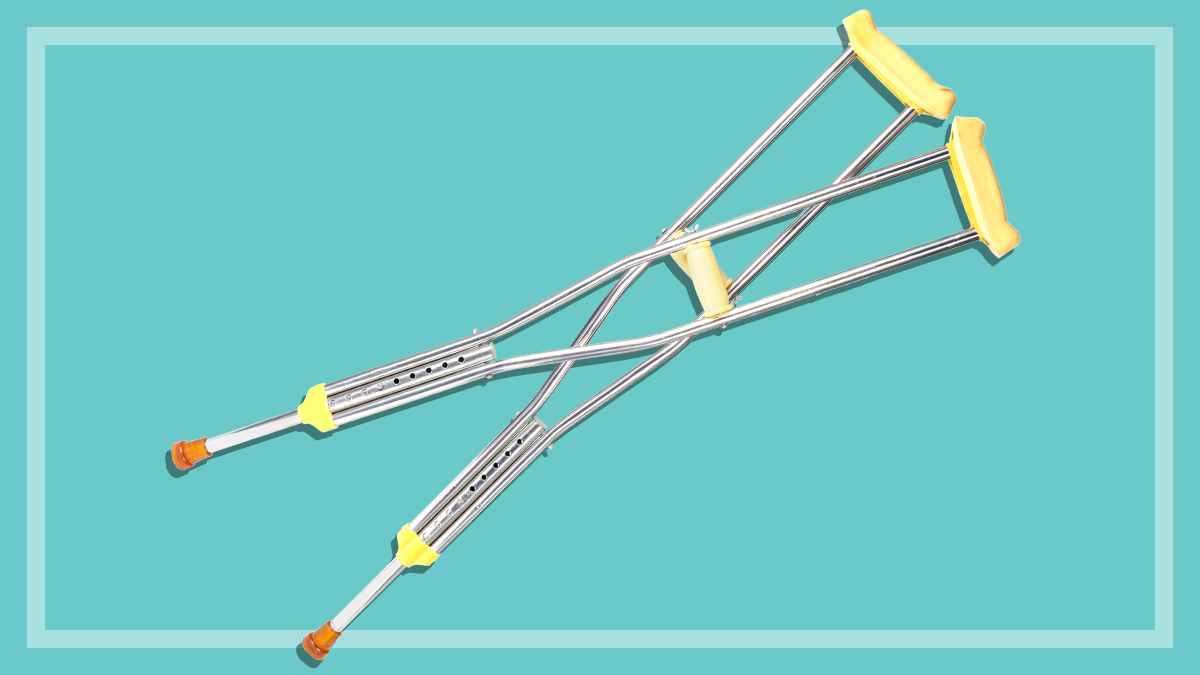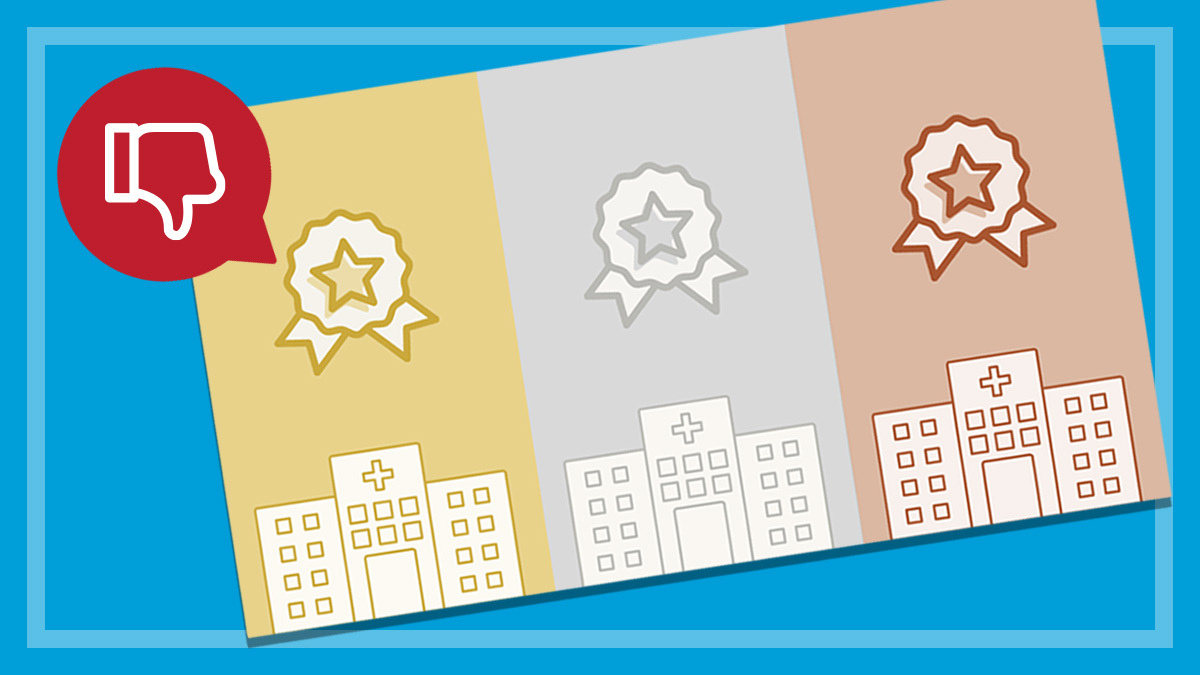Get our independent lab tests, expert reviews and honest advice.
Health insurance rewards programs from GMHBA, Qantas, Medibank and more
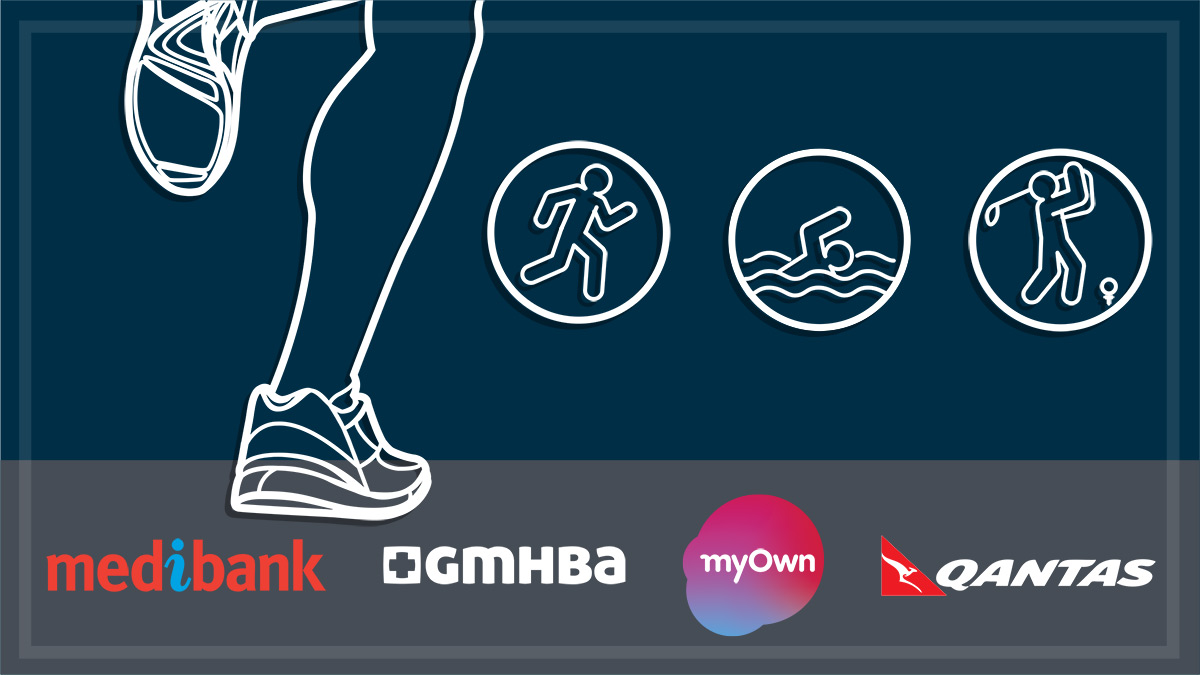
Need to know
- Health funds Medibank, Qantas (NIB), GMHBA, RACQ (now AIA) and myOwn offer rewards schemes for their members
- Flights, shopping vouchers and more are on offer – but at what cost?
- GMHBA charges members a fee for their rewards program and doesn’t disclose the amount
On this page:
Some health insurers offer their members rewards programs that let you earn points and rewards for meeting exercise goals and answering online questionnaires.
We review rewards programs offered by Medibank, Qantas (NIB), GMHBA, RACQ and myOwn to see what they offer, and whether they’re worth it.
Some of the rewards you can earn include:
- 5% discount on your health insurance premium (myOwn, RACQ (now AIA) and GMHBA)
- $200 health insurance discount (Medibank)
- Free flights (Qantas/NIB)
Are health fund rewards programs worth it?
Considering that the average cost of health insurance for a family or couple is about $3600 per year, you really need to pick the best health cover for you – not the rewards program you like the look of. Otherwise, you might pay hundreds of dollars more than necessary, and not have the cover you need.
See the rewards as an added benefit. If your policy doesn’t give you value for money, rewards won’t make up the difference.
Lack of transparency by GMHBA
We have serious concerns about the lack of disclosure and transparency from GMHBA around the cost of their rewards program. GMHBA uses the AIA Vitality program, and adds a fee for that program to members’ health insurance premiums.
If you engage enough with the program to get Silver status or higher, you get a 5% discount on your policy premium. But on some of the cheaper policies, this discount will be smaller than the fee for the program itself. And you can lose the discount if you don’t engage enough with the program.
GMHBA did not agree to address our concerns about their rewards program
GMHBA allows its members to opt out of the program, but we see problems with their disclosure:
- GMHBA doesn’t disclose the fee amount on its website.
- Only a total cost is displayed, so most members don’t know they’re signing up (and paying) for a rewards program as well.
- Members must phone up to opt out – there’s no option to opt out directly when you take out the policy online.
- While GMHBA says you get a 5% discount on your policy, this is only available if you pay by direct debit. On other policies if you pay by direct debit you get a 2% discount – so the actual discount is only 3%.
We had similar concerns with myOwn and RACQ, and we contacted these funds along with GMHBA.
- myOwn and RACQ have made some changes to provide greater transparency to their members during the sign-up process. CHOICE has suggested further changes. The funds are currently reviewing these suggested changes and we will keep readers updated.
- GMHBA did not agree to take steps to address our concerns.
CHOICE has asked the ACCC to investigate whether GMHBA’s conduct is misleading and deceptive.
“Health insurance pricing is already confusing enough. If an insurer adds another element to this, they need to provide clear and concise disclosure,” says Dean Price, health campaigner at CHOICE.
“People need to be able to easily decide whether or not they want to opt into this extra cost and program. To make it difficult for members to opt out is not fair. Funds that are not providing a clear breakdown of costs are not giving people the tools they need to decide if they want to take part in a rewards program,” says Price.
Insurers should make it clear
Michael Manthorpe, Commonwealth Ombudsman
Michael Manthorpe, Commonwealth Ombudsman, is also calling on health insurers to provide price transparency for their members: “In the interests of consumer transparency, insurers should make it clear at the point of sale and in product documentation that the consumer is purchasing two types of product, and that they may choose to opt out of the additional product.”
“Ideally, the consumer is provided with a break-down of the premium prior to purchase so they can understand the cost of the additional product,” says Manthorpe.
Health fund rewards programs reviewed
To help us assess the below rewards programs, we enlisted Dr Fiona McKay from Deakin University, who has reviewed and rated hundreds of health apps for VicHealth.
Annual rewards:
- Completing all set health activities earns you a $40 gift card
- Completing all bonus challenges could earn you up to another $300
- Rewards points are available through shopping with partners
Cost to join rewards program: Free
Availability:
- All Medibank policies include the rewards program
- Rewards are available to Medibank members only
- The app is available to anyone
Key features:
- The app can be linked to wearable fitness trackers, like Fitbits
- The program tracks a number of behaviours including emotional health, physical activity and diet
- A wellbeing score is calculated if you answer a series of questions. The score compares you to other people of the same age and can be tracked over time as a way to improve overall wellbeing
- The app provides suggestions for other activities and has a large amount of information about healthy living and behaviours as well as links to other services, apps and websites that can assist with behaviour change
Pros:
- The app works the best out of the three apps in terms of helping you get healthier
- There’s a good choice of rewards including benefits or discounts from your health insurance policy and gift cards from a small number of retailers
Cons:
- It’s relatively difficult to get enough points for significant rewards
Annual rewards:
Rewards come in the form of Qantas Frequent Flyer points, capped at 20,000, plus points earned on your health insurance premium. (To give you an idea of value, 16,000 points could get you a return flight from Sydney to Melbourne; 21,700 points could get you a $125 David Jones gift card).
Cost to join rewards program: Free
Availability:
- All Qantas health fund policies include the rewards program
- The app is available to anyone for a trial period, but then you need a Qantas health fund membership to be able to earn the full number of points (a small number of points are available to others)
Key features:
- The app can be linked to wearable fitness trackers, like Fitbits
- The app tracks behaviours and creates individual goals such as a step goal
- You can engage in challenges with other users you know
- The app offers no information about healthy living and behaviours, but there is some information on blood pressure and BMI
Pros:
- During promotional periods there can be large bonuses on offer for taking out Qantas health insurance
- A wide choice of rewards – everything in the Qantas Frequent Flyer rewards store including flights and upgrades
- 4% discount available to Qantas Frequent Flyer members; you don’t need to use the app or reach any exercise goals to maintain this
Cons:
- Annual cap of 20,000 Qantas Frequent Flyer points means you can’t get significant rewards
These three health insurers use the AIA Vitality rewards program.
Annual rewards:
Potential rewards can be $1000 or more if you engage with the program and use associated gyms
Cost to join rewards program:
- MyOwn, RACQ – $90 a year per person, $180 a year for a couple or family policy
- GMHBA – $120 a year per person, $240 a year for a couple or family policy
Availability:
- All MyOwn and RACQ policies include AIA Vitality
- Selected GMHBA policies include AIA Vitality
- App and rewards are only available to members
Key features:
- The app can be linked to wearable fitness trackers, like Fitbits
- The app can track and monitor activities such as steps
- Points are awarded for self-reporting behaviours that improve health, for example, getting a dental check-up or doing an online mental health check-up
- There are several levels of membership with the most basic being bronze; health insurance discounts are available from the silver level and up
- There’s a lot of information about health behaviours, and these are complemented by a health check-up, with the results provided as ‘vitality age’. This vitality age allows for benchmarking against others and actual age
Pros:
- High potential rewards possible
- On a couple or family policy, only one adult needs to achieve the required number of points to get a 5% discount for the whole policy premium
- There’s a wide choice of rewards, including gift vouchers, discounts on health insurance and discounts from partner organisations such as airlines
Cons:
- Depending on your policy, the fee to be part of the program can be larger than the 5% discount on your policy that you get in return
- You can lose the policy discount if you don’t engage with the program – but you’ll still pay the membership fee


